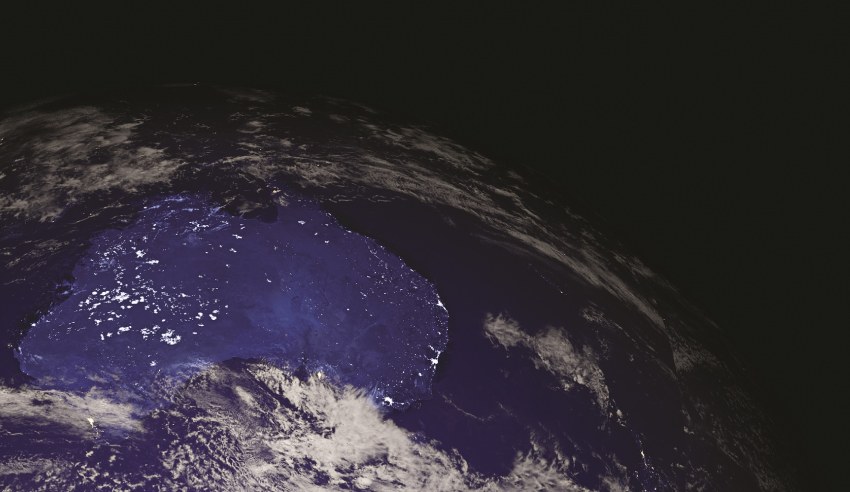That relates to Australian expertise in the medical aspects of long missions in the Antarctic, where personnel staying over winter are confined to small spaces for extended periods.
Anthony Murfett, deputy head of the Australian Space Agency, said Australia was considering what role Australia could play in upcoming space missions, including the first crewed mission to Mars, possibly in the late 2030s.
Among the possibilities is applying Australian automation technologies used in mining.
“We are also looking at the field of space medicine and when we look at some of the longer duration space fights, how can Australia draw on some of its expertise in space medicine, whether that be through some of the work of the Antarctic Division,” Murfett said in a media briefing marking the 50th anniversary of the first moon landing in 1969.
“[That] has a whole range of analogues for human space fight available that we can draw on. Plus drawing on our big medical sector.”
Australian researchers were also working in the US on projects such as the Mars 2020 Rover.
“The opportunities are there. We will continue the conversation with our international counterparts and really work out what opportunities are there and come back and consider where Australia can play its role,” Murfett said.
Dr Sarah Pearce, deputy director of CSIRO Astronomy and Space Science, said Australia would play a role in communications, as it had with NASA missions for more than half a century.
“We are often in the best position to talk to NASA space craft. So, when people walk on Mars, it’s quite feasible that those images will come to Australia as they did when people first walked on the moon,” she said.
Badri Younes, NASA deputy associate administrator for Space Communications and Navigation (SCaN), said going to the moon took a few days, whereas Mars took years, with the mission likely to take around three years.
“We are undergoing a major effort to ensure our astronauts can survive the journey, that we have the technology they need to be independent, to operate in a very autonomous way from Earth,” he said.
Younes said a problem on the International Space Station in Earth orbit could be solved in days with a resupply mission but it would not be like that in deep space.
“We can go to the surface of Mars right now. We have rovers and laboratories operating there,” he said.
“But sending humans is the challenge because we need to bring them back.”
Power requirements alone are enormous and could be a major burden for the Mars mission.
“That is why we are going to demonstrate our technology on the moon, trying to see how we can produce oxygen and hydrogen,” Younes said.
“Dreaming big is what we are talking about. We really need to understand and get answers to the fundamental questions we all have – are we alone in the universe? Is there someone else out there?”

